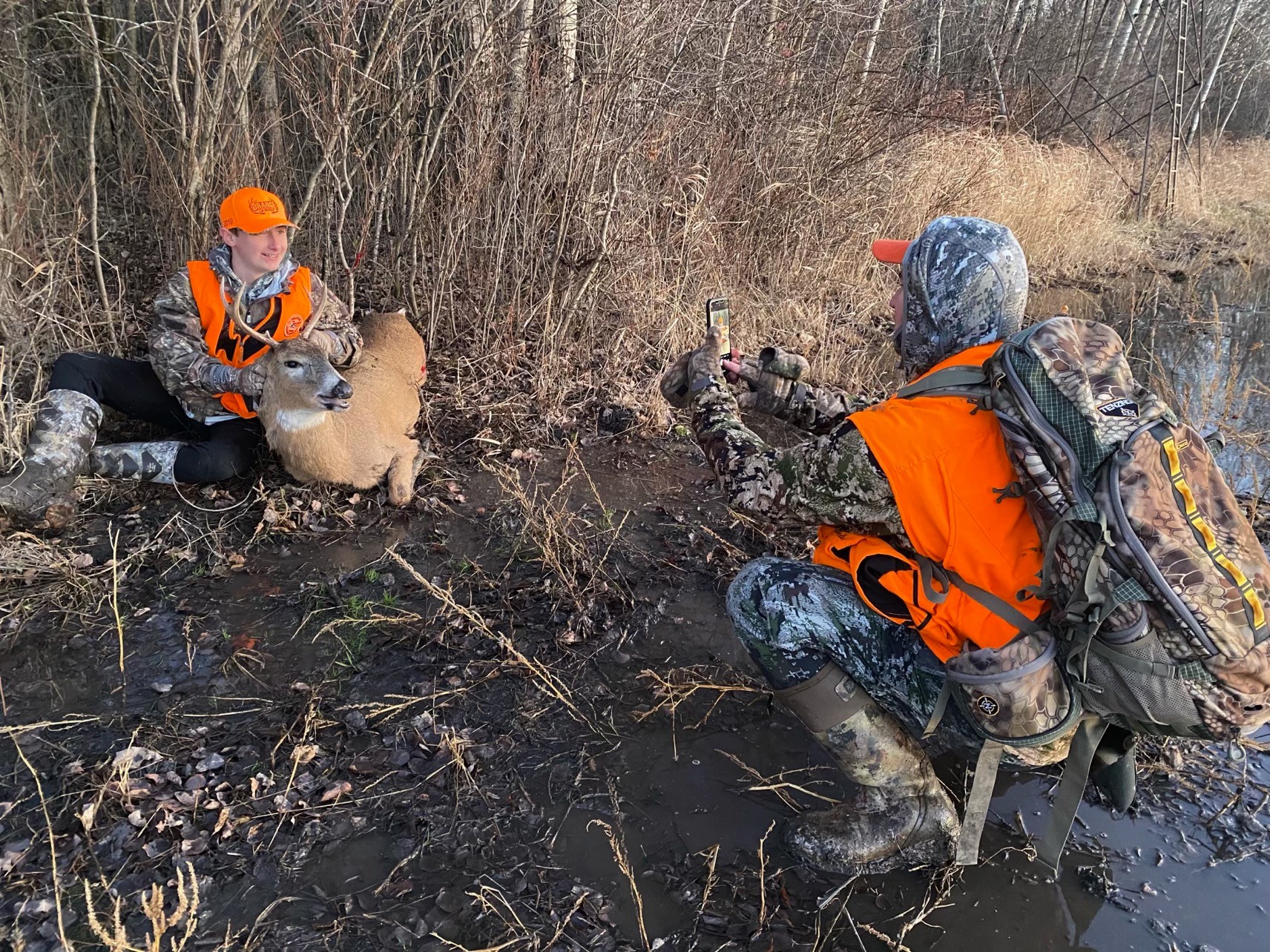Spine Injuries & Conditions
We understand that when you have neck or back pain, you want answers that will lead you back to living a pain free life. Regardless of the type of injury, treatment options are available that can help relieve pain and restore mobility.
Back and neck pain or injuries don’t automatically mean you’ll need surgery. Many non-surgical treatment options are available to treat spine injuries such as degenerative spine disease and spine fractures. Keep reading and learn more about treatment options available for your back and neck injury.
Related Posts
Prioritizing Safety and Being Prepared for Unexpected Injuries While Hunting
If you ask a Wisconsinite what their favorite season is, many will say fall - for Wisconsin deer hunting season. Fewer things are more popular [...]
Reducing Infection Rates: The Impact of an ASC’s Safety Culture
By Amanda Sosnosky, Administrator of Orthopedic Surgery Center of Green Bay and Orthopedic Surgery Center of the Fox Valley As the demand [...]
OSMS recognized as one of America’s Best Ambulatory Surgery Centers
Orthopedic & Sports Medicine Specialists (OSMS) - Orthopedic Surgery Center of Green Bay, the only ambulatory surgery center in the Green Bay area focused solely [...]
OSMS recognized again as one of the Best Ambulatory Surgery Centers in the U.S.
We are excited to announce and share that in addition to the OSMS Orthopedic Surgery Center of Green Bay being one of the Best Ambulatory [...]
OSMS Adds on its Own Anesthesia Team to Better Patient Experience and Control Costs
Orthopedic & Sports Medicine Specialists (OSMS), a doctor-owned orthopedic, sports medicine, rheumatology, and pain management practice, has recently hired its own team of Anesthesiologists and [...]
OSMS Builds Out Expansion Space in Fox Valley Clinic
Orthopedic & Sports Medicine Specialists (OSMS), a doctor-owned orthopedic, sports medicine, rheumatology, and pain management practice, has welcomed 13 physicians within the past two years [...]


















